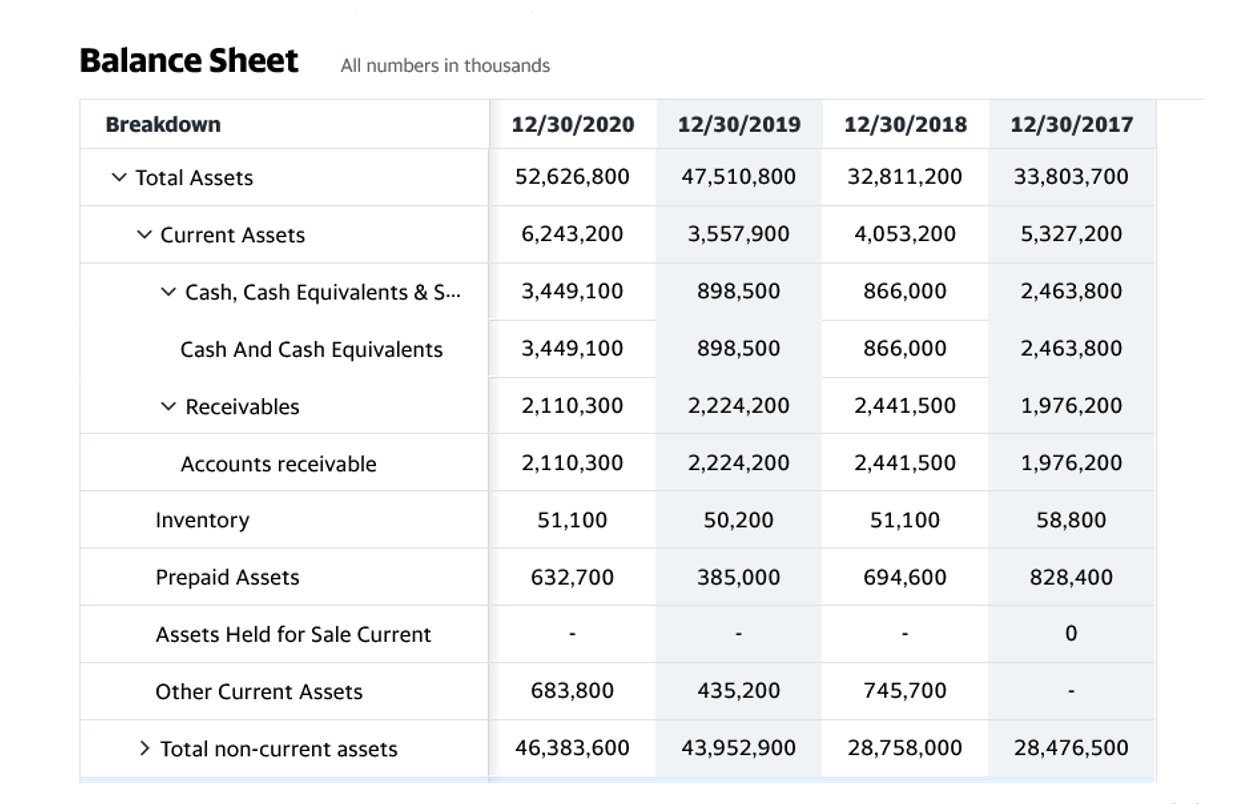
The realization concept is an accounting principle that dictates when revenue should be recognized. According to this principle, revenue should only be recognized when it is realized or realizable and earned. The software provider does not realize the $6,000 of revenue until it has performed work on the product. This can be defined as the passage of time, so the software provider could initially record the entire $6,000 as a liability (in the unearned revenue account) and then shift $500 of it per month to revenue. The seller does not realize the $1,000 of revenue until its work on the product is complete and it has been shipped to the customer. Consequently, the $1,000 is initially recorded as a liability (in the unearned revenue account), which is then shifted to revenue only after the product has shipped.
- For example, a salon business agrees to provide makeup services to a movie production house for 3 years, for $8000.
- This approach ensures that financial statements reflect the true economic activities of a business, rather than merely recording transactions as they occur.
- To match the expenses of producing the product with the revenues generated by the product, the expenses and revenues are recognized simultaneously.
- This method provides an accurate picture of how much revenue has been generated and when it was generated.
- In other words, revenue will not be treated as earned unless a sale actually takes place and payment is either made or deferred against a claim (in line with accrual basis accounting).
- So it justifies the financial statements as a part of a continuous series of statements.
How Jamie Passed Her CPA Exams by Constantly Improving Her Study Process
The concept of realization is interpreted and applied differently across various accounting frameworks, reflecting the diverse regulatory environments and economic contexts in which businesses operate. In the United States, the Generally Accepted Accounting Principles (GAAP) emphasize the realization principle as a cornerstone of revenue recognition. Under GAAP, revenue is realized when it is earned and there is reasonable assurance of collectability.
Examples for revenue realization concept
- This includes establishing internal control systems and providing oversight to ensure these controls are functioning properly.
- The seller does not realize the $1,000 of revenue until its work on the product is complete and it has been shipped to the customer.
- A lot of external users depend on these financial statements for their information to make investing decisions.
- Financial Accounting both practical and theory-based is built on some accounting principles.
The old guidance was industry-specific, which created a system of fragmented policies. The updated revenue recognition standard is industry-neutral and, therefore, more transparent. It allows for improved comparability of financial statements with standardized revenue recognition practices across multiple industries.
Get Your Questions Answered and Book a Free Call if Necessary

In the case of the realization principle, performance, and not promises, determines when revenue should be booked. If services are to be rendered at a point in time the revenue is recognized as soon as realization concept the services have been performed. But if the services are to be provided continuously for more than one accounting period under consideration, then the ‘percentage completion method’, is followed.

What is the realization principles of accounting?
Imagine “TechGiant Corp.,” a company that manufactures and sells high-end electronic devices. On June 15, 2023, TechGiant Corp. enters into a contract with “RetailHub Stores” to deliver 1,000 units of its latest https://www.bookstime.com/articles/bookkeeping-for-ebay-sellers smartphone model. RetailHub Stores agrees to pay $500 per unit, leading to a total contract value of $500,000. The terms of the sale dictate that RetailHub Stores will pay the amount in 60 days after delivery.
- The revenue has to be recognized when it is realized, not when an order is received.
- The realization principle of accounting is one of the pillars of modern accounting that provides a clear answer to this question.
- These thirteen accounting concepts find wide acceptance across the world by accounting professionals and auditors.
- This alignment helps in presenting a clear and consistent view of profitability over time.
- A second scenario is when the payment for corresponding goods is made after the goods have been delivered.
However, even with these strategies in place, there is still potential for errors and inaccuracies in the financial reporting process. The realization concept is also applied to advance payments, where revenue is not recognized until goods are transferred. This ensures that the rightful amount due is collected before the goods are transferred. This approach is beneficial for both the seller and the buyer, as it reduces the risk of non-payment and ensures that the seller is paid for the goods or services provided.
How do the realization principles of accounting affect a company’s income tax report?
Under this approach, assets and liabilities are measured and reported at their current market value, rather than their historical cost. This method is particularly useful for companies dealing with investments, derivatives, and other financial instruments that fluctuate in value. By using fair value accounting, businesses can provide a more timely and relevant picture of their financial position, which is crucial for stakeholders making investment decisions. However, this technique also requires robust valuation methods and regular market assessments to ensure accuracy and reliability.
The realization principle of accounting revolves around determining the point in time when revenues are earned. Second, we need to identify the performance obligations in the contract. The performance obligations are the contractual promise to provide goods or services that are distinct either individually, in a bundle, or as a series over time. So it justifies the financial statements as a part of a continuous series of statements.

